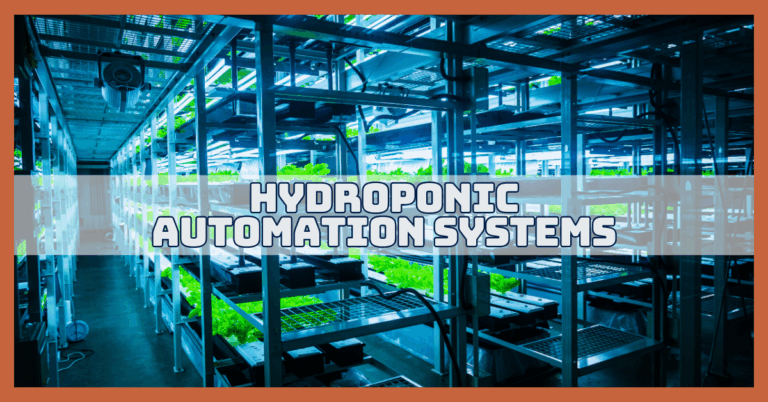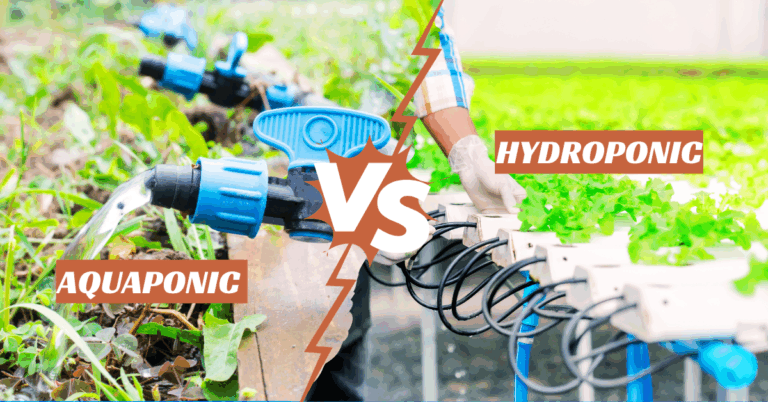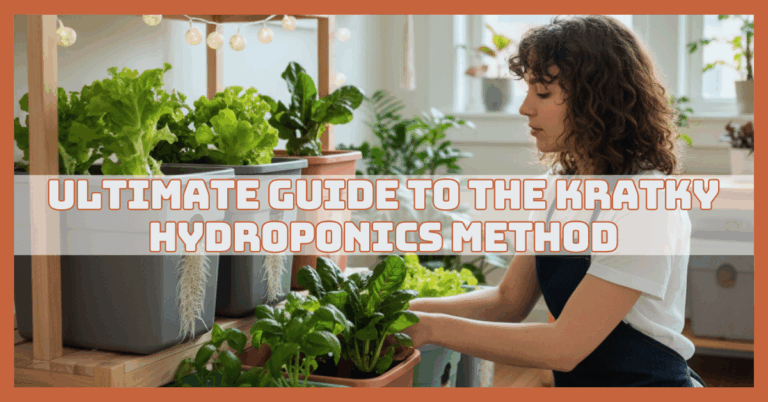The Best Plants For Hydroponics
The Best Plants For Hydroponics And How To Grow Them
The technique of growing plants without soil, hydroponics, is becoming increasingly popular due to its efficiency and environmentally beneficial nature.
It is an ideal system for small spaces and controlled environments, enabling gardeners to grow various plants year-round.
This article will dive into the top plants for hydroponics—from leafy greens to herbs and fruiting vegetables—and share practical tips to help you grow them successfully.
Whether you're a beginner or an experienced gardener, hydroponics can truly revolutionize your growing experience.
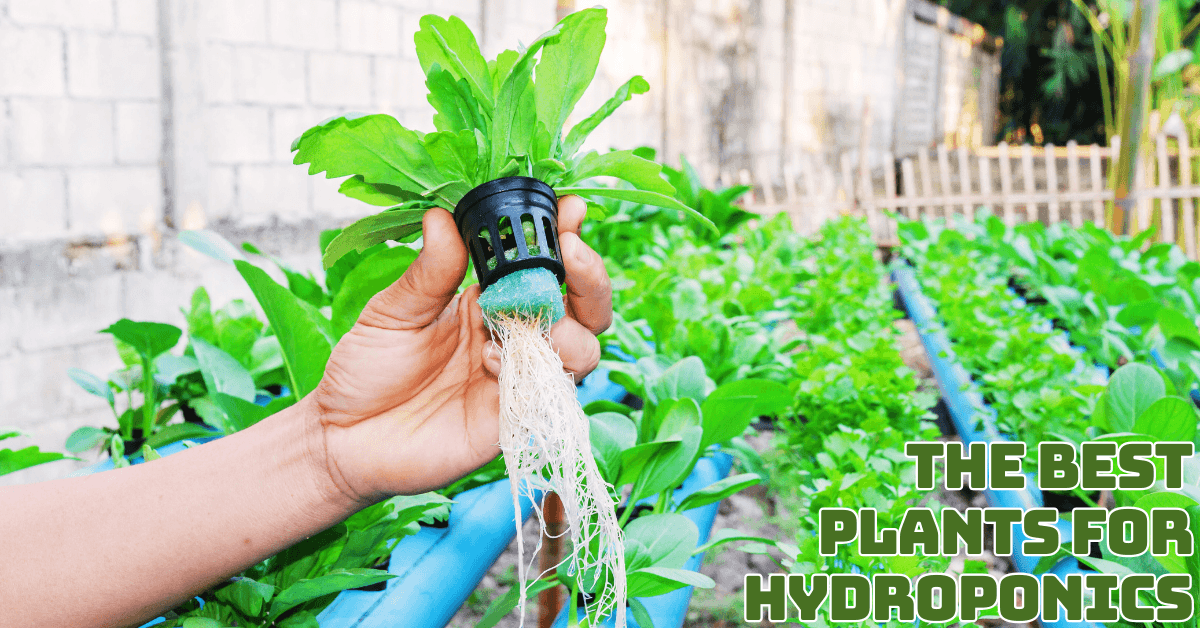
Hydroponics Meaning
Hydroponics is a method of growing plants without soil. It uses a nutrient-rich water solution to deliver essential minerals directly to the plant roots.
This innovative agricultural technique allows plants to grow in a controlled environment, often resulting in faster growth and higher yields than traditional soil-based farming.
In hydroponic systems, plants are typically supported by a non-soil medium like coconut coir, perlite, or rock wool. This medium anchors the plant, allowing its roots to absorb water and nutrients.
Hydroponics offers several benefits, including efficient water usage, reduced land requirements, and minimized pesticide use, making it famous for urban farming and sustainable agriculture.
This system can be set up indoors or outdoors and often uses vertical space, making it ideal for high-density farming in small areas.
Hydroponic farms are less dependent on seasonal changes, which allows year-round production and improved crop reliability.
Popular hydroponic crops include lettuce, herbs, tomatoes, and strawberries, which thrive in nutrient-rich water solutions. Hydroponics represents a sustainable and adaptable farming method that addresses modern agricultural challenges.
Benefits Of Hydroponics
Before diving into the best plants for hydroponics, let's discuss why this growing method is becoming increasingly popular:
1. Efficient Use Of Water
Hydroponic gardening systems use up to 90% less water than conventional soil-based gardening. This is particularly helpful when conserving water is a top concern or where water resources are scarce.
2. Faster Plant Growth
Plants grown in hydroponic systems can mature up to 25% faster than those grown in soil. The constant availability of nutrients and better control over environmental factors allow for quicker and healthier growth.
3. Space-Saving
Hydroponics is perfect for urban gardening or small spaces since plants don’t require large amounts of soil or sprawling garden plots. Vertical farming, for instance, uses hydroponic methods to grow plants in stacks.
4. Pesticide-Free Gardening
Hydroponics is an ideal environment for plants to thrive without chemical pesticides, allowing you to grow organic produce at home.
5. No Soil, No Problems
Soil-borne diseases and pests are non-existent in hydroponics. Additionally, there's no need to till, weed, or amend the soil, making it a cleaner and more accessible form of gardening.
The Best Plants For Hydroponics
Many hydroponic plants flourish with proper care, though not all are suited to this growing method. This sortable list includes some of the top hydroponic plants, organized by category, to help you choose the best options for your system.
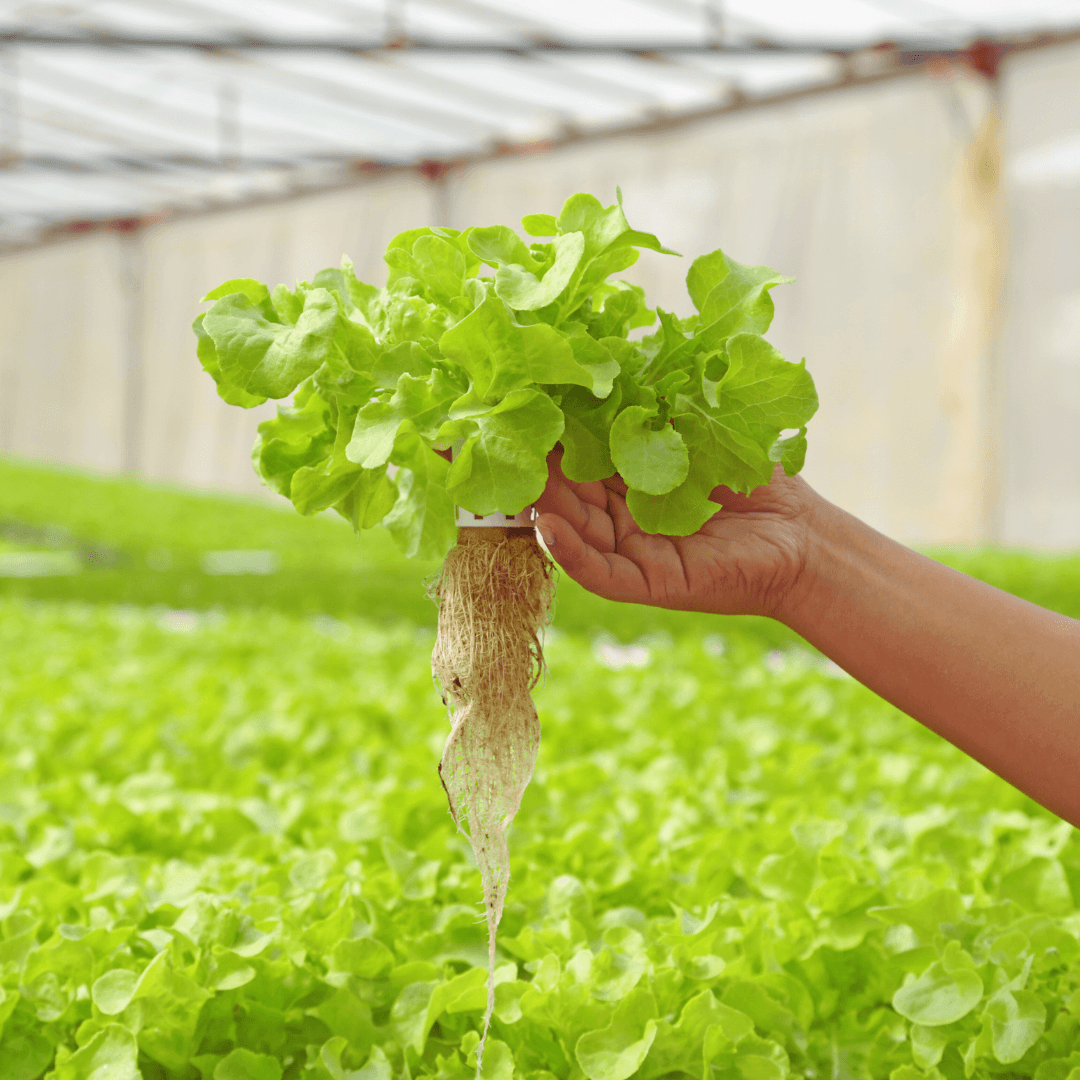
1. Leafy Greens
Leafy greens are among the most popular and easiest plants to grow hydroponically, making them ideal for beginners.
Lettuce
With a maturity period of roughly 30 days, lettuce is among the simplest and fastest-growing plants in hydroponics. Due to their shallow root systems, romaine, iceberg, and butterhead varieties thrive in hydroponics.
Lettuce requires a pH of 5.5-6.0 and nutrient-rich water for optimal growth.
It also does well with 10-12 hours of light daily, whether from LED grow lights or indirect sunlight. Lettuce is low-maintenance, making it perfect for beginners, and frequent harvesting encourages continuous growth.
Spinach
Spinach is one of the best plants for hydroponics, thriving in these systems with rapid growth and minimal maintenance. It is perfect for indoor growing all year round because it enjoys lower temperatures.
Spinach is nutrient-dense and packed with vitamins A, C, K, and iron, making it a popular choice for health-conscious growers.
To flourish, spinach requires a balanced nutrient solution and good lighting.
Hydroponically growing this plant is one of the simplest and most satisfying because harvesting can start as soon as four to six weeks after planting.
Kale
Kale is a resilient and easy-to-grow plant in hydroponic systems. Its hardy nature makes it adaptable to various conditions, but it thrives best with plenty of light and a well-oxygenated environment.
Kale is a nutrient-dense superfood high in fiber and vitamins A, C, and K. As such, it is a great option for those who enjoy eating healthily. With the right care, you can have a plentiful supply of fresh kale leaves in a few weeks. It grows rapidly.
Swiss Chard
Swiss chard is a stunning addition to hydroponic gardens with its vibrant, rainbow-coloured stems and lush green leaves.
It’s a low-maintenance plant that grows well in water-based systems and can be harvested continuously, ensuring a steady supply of fresh greens.
Known for its earthy flavour and high nutritional content, including vitamins A, C, and K, Swiss chard is perfect for salads, sautés, and smoothies. Its regenerative ability makes it a rewarding and sustainable choice for any hydroponic setup.
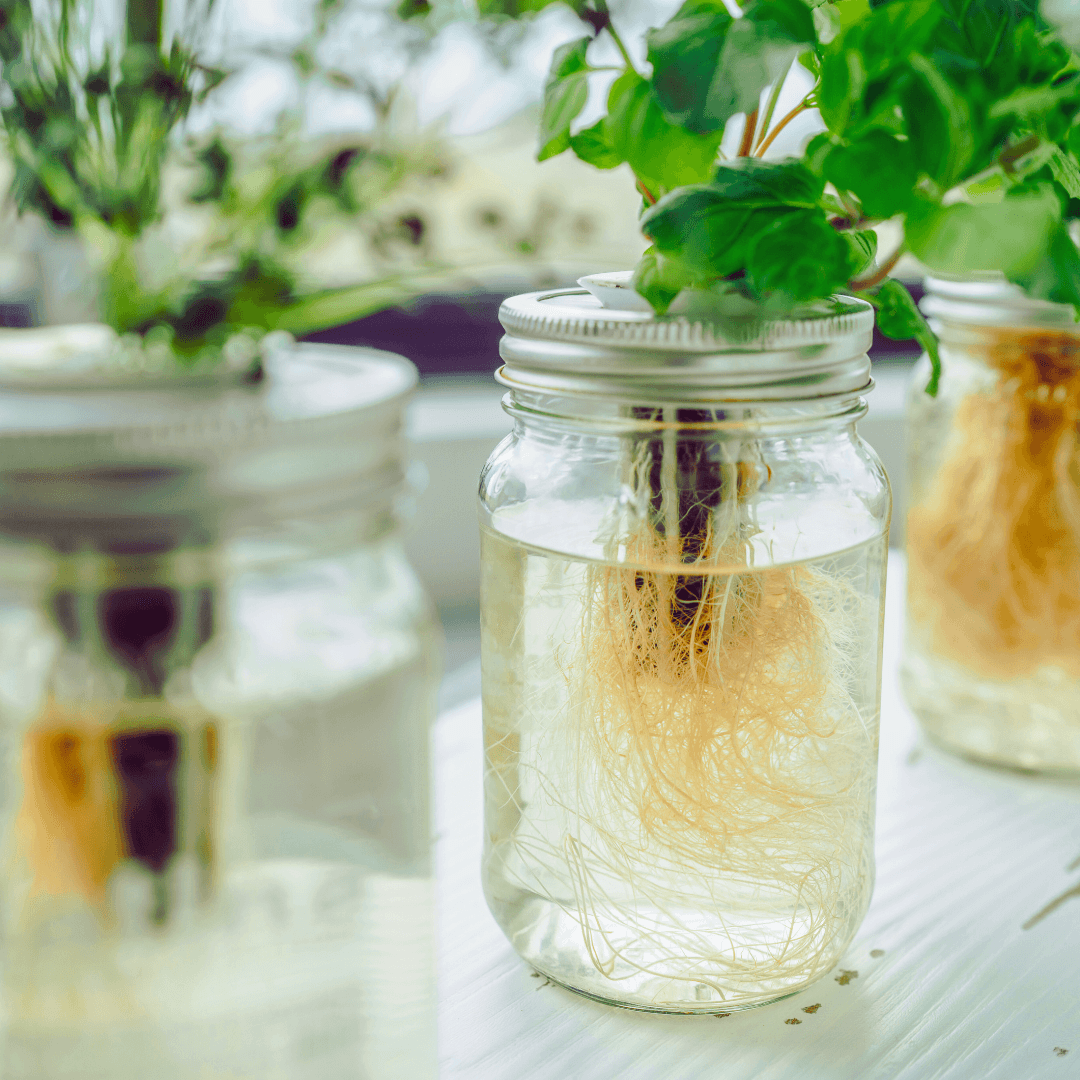
2. Herbs
Herbs are a fantastic category of plants for hydroponics. They are typically fast-growing, require minimal maintenance, and are ideal for small spaces like kitchen windows. Hydroponic systems make cultivating fresh herbs easy year-round, adding flavour and convenience to your home.
Basil
Basil is a hydroponic favorite that thrives with minimal effort. This fragrant herb loves warmth and sunlight, making it perfect for indoor setups where these conditions can be easily controlled.
Whether you grow basil for fresh pesto or to add flavour to your dishes, it rewards you with lush growth and a continuous harvest.
Its rapid development and low-maintenance nature make it an ideal plant for beginner and experienced hydroponic gardeners seeking fresh herbs year-round.
Mint
Mint, known for its aggressive spreading in traditional gardens, is far more contained in hydroponics, allowing you to enjoy its refreshing leaves without worrying about it taking over. It grows quickly and requires ample light and space, making it an easy choice for your herb garden.
Mint's versatility in teas, desserts, and savoury dishes makes it a must-have. Hydroponics keeps it neatly manageable, offering fresh leaves whenever you need them.
Cilantro
Cilantro is slightly sensitive to temperature but flourishes in hydroponic systems with the right care and lighting. This aromatic herb is a favorite in various cuisines, from Mexican to Indian, adding fresh flavour to dishes.
Hydroponics allows you to maintain the perfect conditions for cilantro, ensuring a steady supply of this delicate herb even when outdoor climates aren’t ideal. Its relatively quick growth and unique taste make cilantro a rewarding addition to any hydroponic setup.
Thyme
Thyme is an excellent example of one of the best plants for hydroponics, as it thrives with minimal care while providing flavorful results. Requiring only moderate nutrients and water, it’s easy to care for and delivers consistent results.
Its fragrant, earthy flavour enhances countless dishes, from roasted vegetables to soups, and its resilience makes it a great option for beginners.
Thyme’s compact size and low-maintenance needs make growing it a practical and rewarding herb. It offers a steady supply of fresh sprigs for all your culinary creations.
Oregano
Like thyme, oregano thrives in hydroponics, preferring plenty of light and moderate nutrient levels. This Mediterranean herb is rich in flavour and adds a robust, aromatic touch to Italian and Greek dishes.
Its resilience makes it an excellent choice for hydroponic gardening, where it can flourish with just a bit of attention. Oregano’s bushy growth provides a plentiful harvest, allowing you to season your dishes with fresh leaves all year.
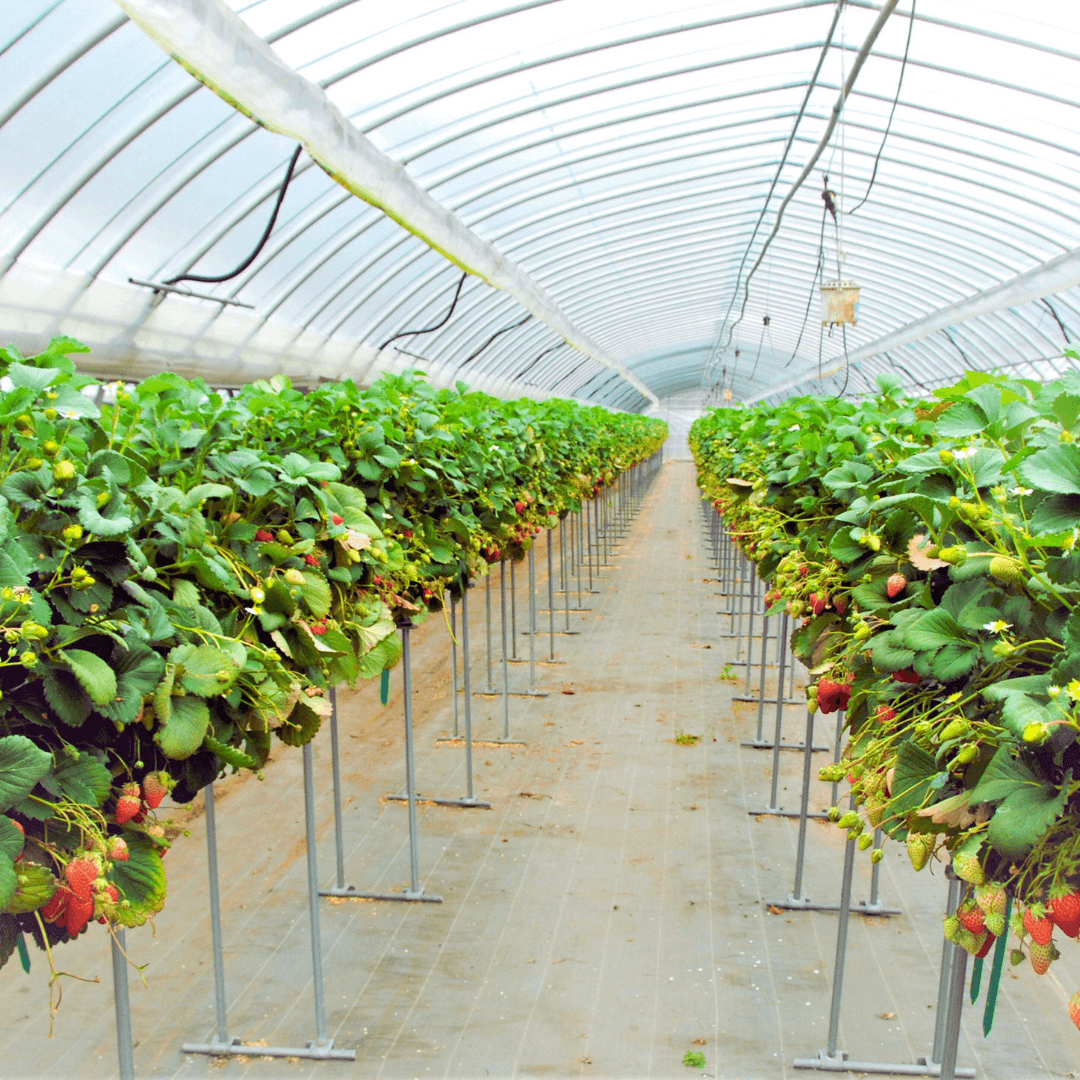
3. Fruiting Plants
Fruiting plants are more challenging to grow among plants for hydroponics than leafy greens or herbs, but they are highly rewarding.
With proper care and attention to their specific nutrient and support needs, hydroponic fruiting plants can produce abundant and flavorful harvests.
Tomatoes
Tomatoes, especially cherry and vine tomatoes, are a hydroponic favourite. They thrive with the right light and nutrients, making them one of the most rewarding plants to cultivate in water-based systems.
Hydroponic tomatoes produce vibrant and juicy fruits and are less prone to soil-borne diseases. With proper care, you’ll enjoy a continuous harvest of fresh tomatoes, perfect for salads, sauces, and snacks. Their rapid growth and productivity make them ideal for beginners and seasoned growers.
Cucumbers
Cucumbers thrive in hydroponics, producing bountiful yields in a short amount of time. Due to their climbing nature, these fast-growing plants require a trellis or support system, but they’re well worth the extra care.
Cucumbers grown hydroponically are often crisper and juicier than their soil-grown counterparts. Whether for pickling or slicing into salads, hydroponic cucumbers offer a consistent and plentiful supply, making them a fantastic choice for anyone looking to maximize their homegrown produce.
Strawberries
Hydroponic strawberries are a treat for those who want fresh and sweet berries year-round. They grow faster than traditional methods and produce fruit earlier, with the added benefit of fewer pests and diseases.
While they require plenty of light and careful attention to their nutrient levels, the payoff is worth it—delicious, juicy strawberries you can pick straight from the vine. Hydroponic setups make it easy to enjoy homegrown strawberries, even when the outdoor growing season is over.
Peppers
Peppers, from bell peppers to spicy jalapeños, flourish in hydroponic systems. They require slightly higher nutrient levels and a stable, warm environment, but their vibrant growth and colourful fruits make an effort worthwhile.
Hydroponically grown peppers often have a richer flavour and better texture, perfect for enhancing any dish. With consistent care, you can enjoy a plentiful harvest of fresh, crunchy peppers year-round, adding colour and spice to your meals.
Eggplant
Eggplant is one of the more rewarding plants for hydroponics, though. It thrives in larger systems with sufficient light to yield healthy, fast-growing fruit.
Known for its glossy purple skin and tender flesh, hydroponic eggplant grows faster and is less prone to pests than traditional soil methods.
With proper care, you’ll enjoy a rich harvest of eggplants, ideal for grilling, roasting, or making delicious dishes like baba ganoush. They're a great addition to any hydroponic setup with room to spare.

4. Root Vegetables
Root vegetables are a bit trickier to grow among plants for hydroponics, but they can yield great results with the right system.
While root vegetables require careful attention to root space and nutrient delivery, successful hydroponic cultivation can lead to impressive harvests.
Carrots
Carrots can flourish in hydroponic systems but require a deeper setup to allow their roots to grow downward. Smaller varieties, like baby carrots, are particularly well-suited for hydroponics, as they take up less space and mature more quickly.
With the right conditions, including plenty of light and a balanced nutrient solution, hydroponic carrots grow crisp and sweet. It's a rewarding process, and you’ll enjoy fresh, homegrown carrots for snacking, cooking, or adding crunch to salads.
Radishes
Radishes are perfect for hydroponics due to their quick growth and minimal space requirements. You can harvest these crisp, peppery vegetables in about a month, making them a great choice for anyone looking for fast results.
Radishes thrive in a controlled environment without soil-borne pests or diseases. Their bright colours and distinct flavour add flair to salads and dishes. Hydroponic radishes are easy to grow, making them ideal for beginners and seasoned gardeners.
Beets
Beets thrive in hydroponic systems, though they need more space and a higher nutrient supply to grow to their full potential. With the right setup, their roots can expand freely, producing vibrant, nutrient-rich beets.
Whether you enjoy them roasted, pickled, or in salads, hydroponic beets are often sweeter and more tender than those grown in soil. They also grow faster, making them a rewarding option for cultivating their fresh beets indoors year-round.
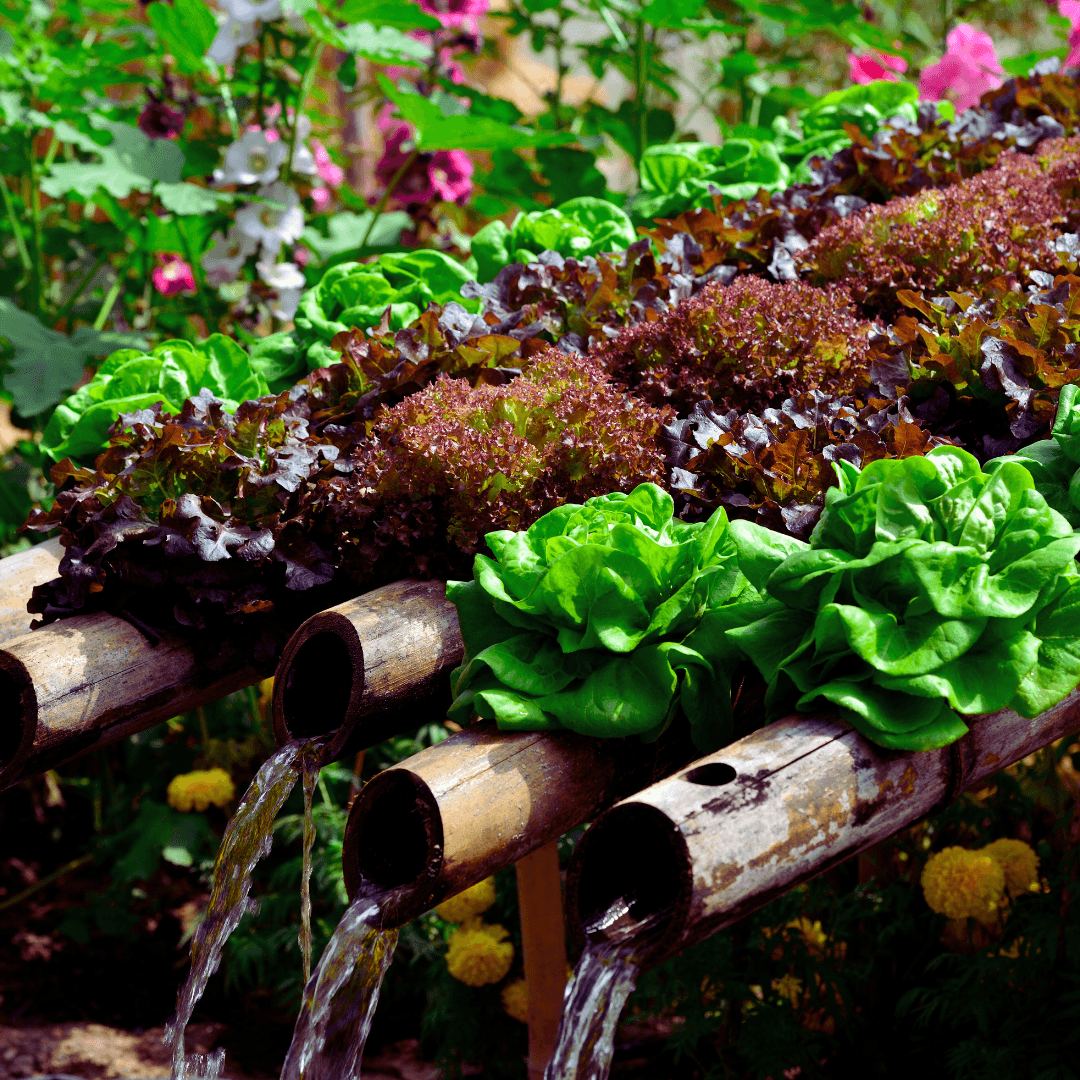
5. Flowers
Many beautiful plants for hydroponics include flowers, which can thrive just as well as food crops in these systems.
Orchids
Orchids, known for their stunning blooms, are naturally epiphytes, which means they thrive in the air and can do exceptionally well in hydroponic systems. With their roots immersed in water, orchids absorb the nutrients they need to grow and flower beautifully.
Hydroponic setups mimic their natural environment, making them easier to care for indoors. The result is healthier plants with more vibrant blooms. If you want to grow exotic, delicate flowers with minimal soil, hydroponic orchids are a perfect choice.
Lavender
With its calming fragrance and vibrant purple blooms, lavender thrives in hydroponic systems that offer excellent drainage.
This sun-loving plant requires plenty of light and benefits from controlled environments where water levels are easily managed.
Growing lavender hydroponically ensures healthy, steady growth and yields aromatic, fresh sprigs for culinary use or home fragrance. Its adaptability to well-drained hydroponic setups makes it a fantastic addition to any indoor herb or flower garden.
Roses
Roses are a showstopper in hydroponics, where they grow faster and produce more abundant blooms than soil-grown varieties.
However, they require more maintenance, including careful nutrient management and pruning to encourage healthy growth.
With proper care, hydroponic roses deliver stunning, fragrant flowers year-round, perfect for indoor display or gift-giving.
Their rapid growth and vibrant colours make the extra effort worthwhile. You can enjoy the luxury of fresh roses without needing outdoor space.
Setting Up A Hydroponic System
To successfully grow the best plants for hydroponics, it’s essential to understand how different hydroponic systems work, as each caters to specific plant needs. There are several types of systems, each suited to different plant needs.
1. Nutrient Film Technique (NFT)
NFT is among the most popular hydroponic systems, particularly for smaller plants like lettuce and herbs. It involves a steady flow of water-rich nutrients over the plant's roots, which are exposed to a lot of oxygen and absorb nutrients.
2. Deep Water Culture (DWC)
In DWC systems, plant roots are immersed in nutrient-filled water, where they take in nutrients and oxygen from air stones that keep the water aerated. This method works particularly well for larger plants like tomatoes and cucumbers.
3. Ebb and Flow (Flood and Drain)
Ebb and Flow systems flood the growing area with the nutrient solution before draining it back into a reservoir. This cycle repeats several times throughout the day, providing both nutrients and oxygen to the plants.
4. Drip System
A drip system delivers nutrient solutions directly to the base of the plants. It’s versatile for small herbs and larger fruiting plants like peppers.
5. Aeroponics
Aeroponics regularly involves suspending plant roots in the air and listing them with a fine nutritional solution. This process gives roots access to vital nutrients and plenty of oxygen.
FAQ
What Is The Best Hydroponic System For Beginners?
Answer: The Deep Water Culture (DWC) system is the best hydroponic system for beginners. It’s simple, low-cost, and easy to maintain.
In DWC, plant roots are submerged in nutrient-rich water, and an air pump provides oxygen. It’s perfect for beginners due to its straightforward setup and ability to grow various plants.
Conclusion
In conclusion, by exploring various plants for hydroponics, you can cultivate a diverse and thriving garden in any space while enjoying the benefits of this innovative growing method.
Understanding each plant's needs and selecting the right hydroponic system allows you to enjoy fresh produce and beautiful blooms year-round, even in limited spaces.
Embrace this sustainable growing method to maximize your gardening potential and contribute to a greener future. Whether a novice or an expert, hydroponics can transform your gardening experience.
I trust you enjoyed this article on The Best Plants For Hydroponics And How To Grow Them. Stay tuned for more blog posts soon. Take care!
JeannetteZ
>>>Please click here to read my all-inclusive article, About The Essential Companion Planting Guide<<<
>>>Please click here to read my all-inclusive article about Container Gardening<<<
>>>Are you interested in homegrown herbs and medicine? Please click here to find out more about it!<<<
Your Opinion Is Important To Me
Do you have thoughts, ideas, or questions? I would love to hear from you. Please leave me your questions, experiences, and remarks about this article, The Best Plants For Hydroponics And How To Grow Them, in the comments section below. You can also email me at Jeannette@Close-To-Nature.org.
Disclosure
This post may contain affiliate links. As an Amazon Associate and other affiliate programs, I earn from qualifying purchases at no extra cost to you. Please read my full affiliate disclosure.
You might also enjoy these blog posts:
10 Winning Herb And Vegetable Companion Planting Combinations
Exploring Animal Communication: What Your Pet Is Trying To Tell You
Common Symptoms Of Stress In A Dog You Shouldn’t Ignore
Interesting Facts About White-Tailed Deer


